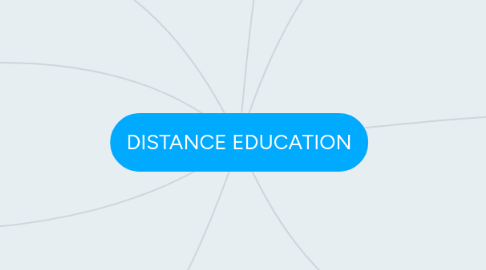DISTANCE EDUCATION
by Jaclyn Fireison


1. Time Zone
1.1. Geographical Location
1.2. Eatern, Pacific, Mountain Times
1.3. Distance
2. Instructors
2.1. Professors
2.2. Teaching Assistant
3. Students
3.1. Adults that work
3.2. Traditional Student
3.3. Groups
3.4. Classes
3.4.1. Face to Face or Distance Learning
3.5. Groups (traditional)
3.6. Out of high school
4. Delivery Method
4.1. Correspondence Deliver
4.2. One way
4.2.1. Print
4.2.1.1. Broadcasting
5. Technology
5.1. LMS( Learning Management System)
5.2. Radio/television
5.3. internet(world-wide-web)
5.4. Computers
5.5. I-pads
5.6. Smart Phones
5.7. PDA
5.8. video-conferencing
6. Definition: Distance education is teaching and planned learning in which teaching normally occurs in a different place from learning, requiring communication through technologies as well as special institutional organizations. There are many characteristics for distance learning and the main one is that students and teachers are separated by distance and different time zones. Another characteristics is communication and the final one is technology.
7. Types of Communication
7.1. Synchronous tele-learning
7.2. asynchronous
7.2.1. Flex Learning
